Before screens took over, kids made magic out of boredom.
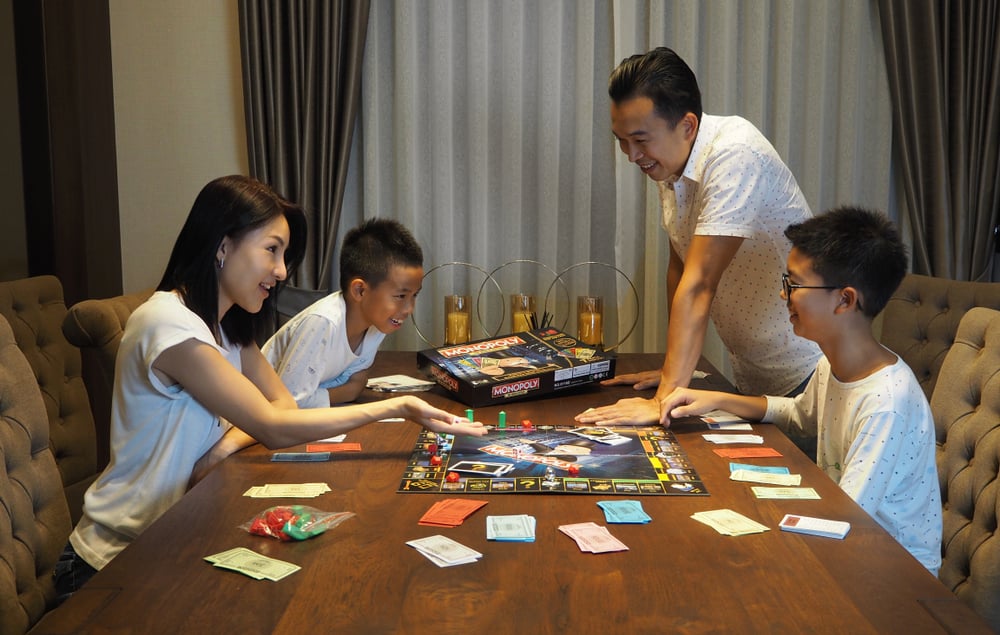
There was a time when the center of the living room wasn’t a glowing screen, but maybe a coffee table covered in puzzles or a space to spread out Lincoln Logs and doll clothes. Boomer kids didn’t grow up with round-the-clock cartoons or binge-worthy shows. Entertainment came from imagination, a little bit of dirt, and a willingness to get lost in the moment. Without constant noise in the background, the house felt quieter—and strangely, more alive.
These 12 activities weren’t flashy, but they filled the hours with joy and memory-making. They gave Boomers the kind of creativity and independence that still lingers, long after screens started running the show.
1. Playing kick the can turned backyards into battlefields.

When the sun started to dip and the porch lights hadn’t blinked on yet, kids gathered for kick the can. It was part hide-and-seek, part tag, part sprinting-for-your-life, as mentioned at Your Tango. Someone guarded the can while everyone else ran off to hide. If you got caught, you ended up in “jail,” and the only way out was for someone else to sneak in and kick the can without getting tagged.
The game was loud, fast, and surprisingly strategic. There were real bragging rights involved, especially if you were the hero who set everyone free. Neighborhood kids of all ages played together, and there was something magical about the way dusk made every hiding spot feel more dramatic.
2. Building forts turned sheets and boxes into secret worlds.

Boomer kids knew the art of fort-building better than most architects. A couch, some chairs, a few bed sheets, and maybe a flashlight—that was all it took to create a castle, a spaceship, or a hideout from parents and siblings. Indoors or out, forts gave kids their own domain where imagination ran wild.
Sometimes it was just a quiet reading nook; other times it became headquarters for serious pretend play, according to Yahoo! Life. You made rules, invited friends in (or locked them out), and protected your space like it was sacred. When the sun went down or Mom called you to dinner, the fort might be dismantled—but while it stood, it felt like a place entirely your own. It was freedom in blanket form.
3. Trading baseball cards became a full-on negotiation.
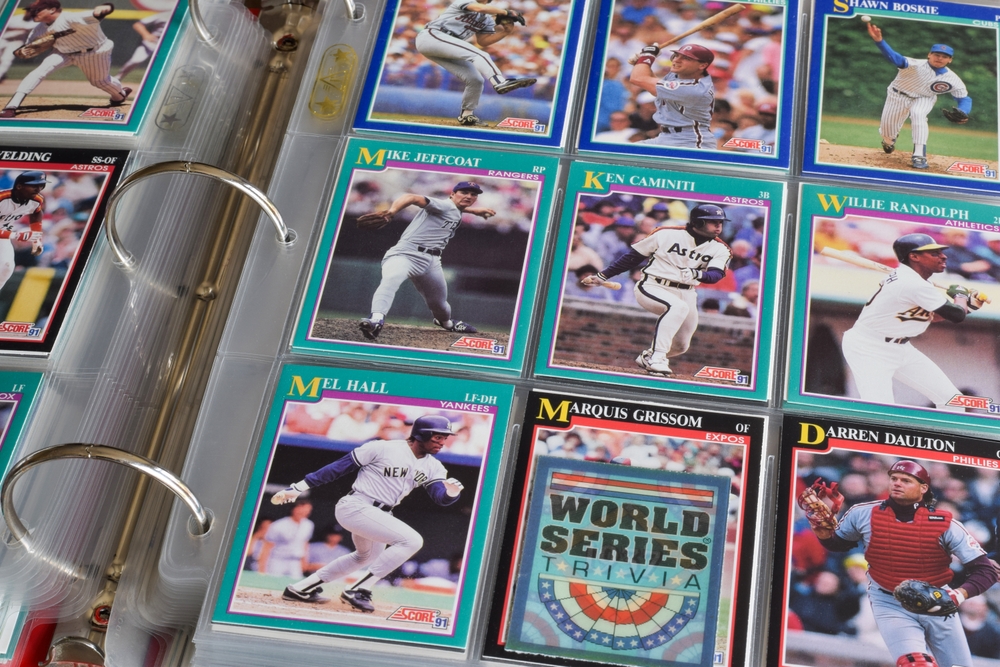
Baseball cards weren’t just collectibles—they were currency. Boomer kids flipped through their shoeboxes of cards, organizing them by team, favorite players, or who had the best mustache. The real excitement came during trades. You’d haggle for your favorite rookie, swap three commons for one big name, and try not to get fleeced by your best friend.
Sometimes you’d just want a card because it looked cool or had that crisp, fresh-out-of-the-pack smell. There were endless debates over who got the better end, and everyone had at least one trade they regretted, as stated at Upworthy. It taught kids how to negotiate, take risks, and appreciate a good lineup.
4. Riding bikes until sunset gave kids a sense of real freedom.

There was nothing quite like hopping on your bike and just… going. No map, no phone, no supervision—just a loose agreement about when to be home and who was bringing the playing cards to clip on the spokes. Boomers turned their bikes into horses, motorcycles, or escape vehicles depending on the day’s adventure.
Neighborhoods were open playgrounds. You’d ride to the corner store, meet up with a friend across town, or just pedal in big loops because it felt good to move.
5. Playing marbles created tiny, competitive sand pits.
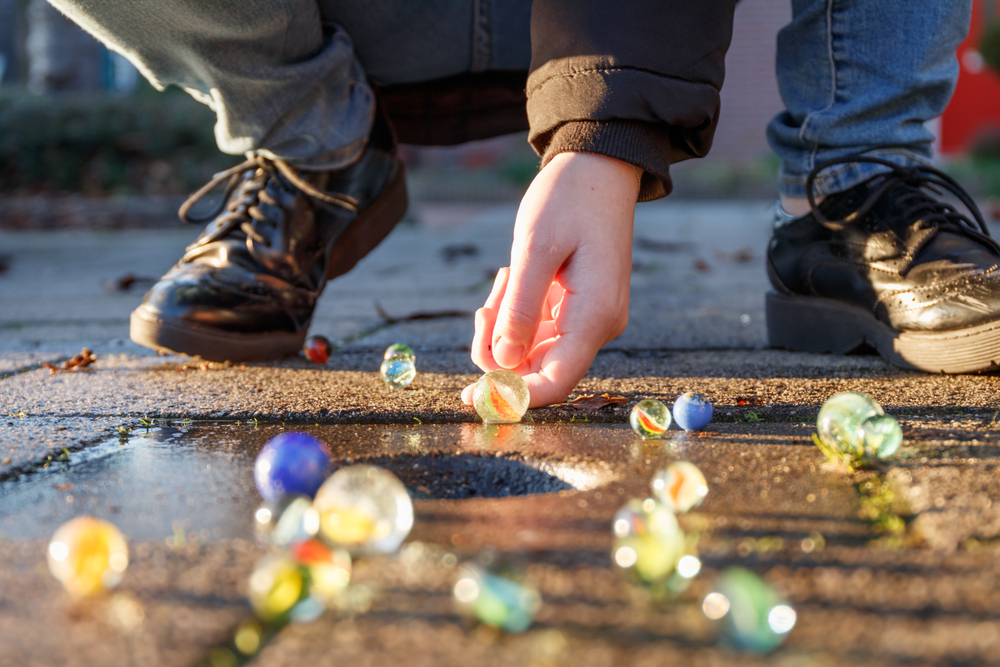
Marbles weren’t just toys—they were trophies. Boomers carried them in drawstring bags or old tins, proud of their swirls, cat’s-eyes, and steelies. The games were often played in dirt patches or chalk circles drawn on pavement. You’d flick your shooter with just the right pressure and aim, trying to knock the other marbles out of the ring.
Winning meant keeping the other player’s marbles, which made every round feel high stakes. The focus and precision it took turned quiet afternoons into intense mini-tournaments. Some kids even invented their own house rules. And when you lost your favorite marble, it stung—but it also meant the game had real weight.
6. Drawing hopscotch grids added fun to every patch of sidewalk.
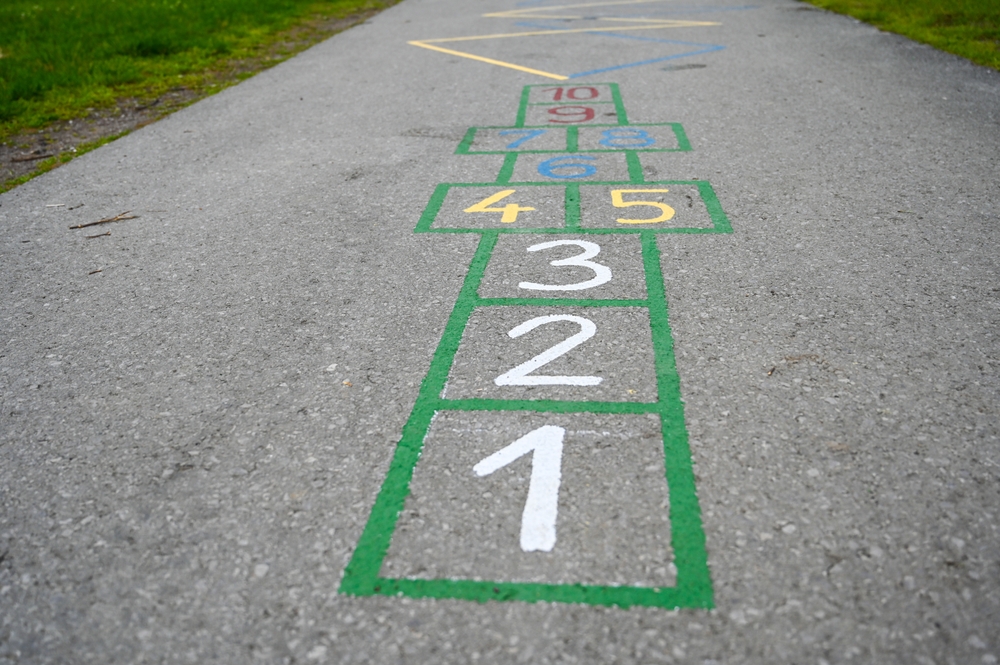
A piece of chalk and a patch of concrete were all it took to turn boredom into challenge. Hopscotch combined balance, rhythm, and just enough competition to make it addictive. Kids would spend ages perfecting their grids, sometimes adding flourishes or trying more complicated versions with ten or twelve squares.
The game wasn’t just physical—it had rhythm. The clink of a rock landing on a number, the hop-skip-jump of bare feet, and the inevitable giggle when someone lost their balance.
7. Playing jacks made floors into tiny arenas.

Jacks was one of those quiet games that still managed to be intense. You needed a smooth surface, a good bounce on the ball, and quick fingers. The game started easy—grab one jack between bounces—but got progressively harder as the numbers went up. Getting to “tensies” without messing up felt like winning the Olympics.
Boomer kids played jacks in kitchens, porches, and classrooms during rainy recesses. It was part rhythm, part skill, and part muscle memory. And if you had a lucky set with shiny metal jacks instead of the cheap plastic ones, you held onto them like treasure. It wasn’t flashy, but it gave kids a sense of mastery one bounce at a time.
8. Playing dress-up turned closets into costume shops.

Long before Halloween costumes came in plastic bags, kids raided closets for oversized hats, scarves, and old dresses. Playing dress-up wasn’t about looking perfect—it was about becoming someone else. You were a pirate, a movie star, a queen, or a detective, depending on the day and the outfit.
Friends got in on it too, turning a boring afternoon into an impromptu play or runway show. Old costume jewelry and high heels made everything feel fancier. It didn’t matter if nothing matched—what mattered was the character you created.
9. Making potholders on looms was a rite of crafty passage.

Those little square looms with colorful loops were everywhere in Boomer households. Making potholders wasn’t just a quiet indoor activity—it was a craft you could give away proudly. Kids wove bright colors together, pulled tight at the edges, and proudly presented their slightly lopsided creations to parents and teachers.
There was something satisfying about the rhythm of it—hooking each loop, pulling it through, watching a pattern emerge. Even if the potholder was a little warped, it still counted as a handmade gift.
10. Playing pickup sticks required a quiet kind of intensity.
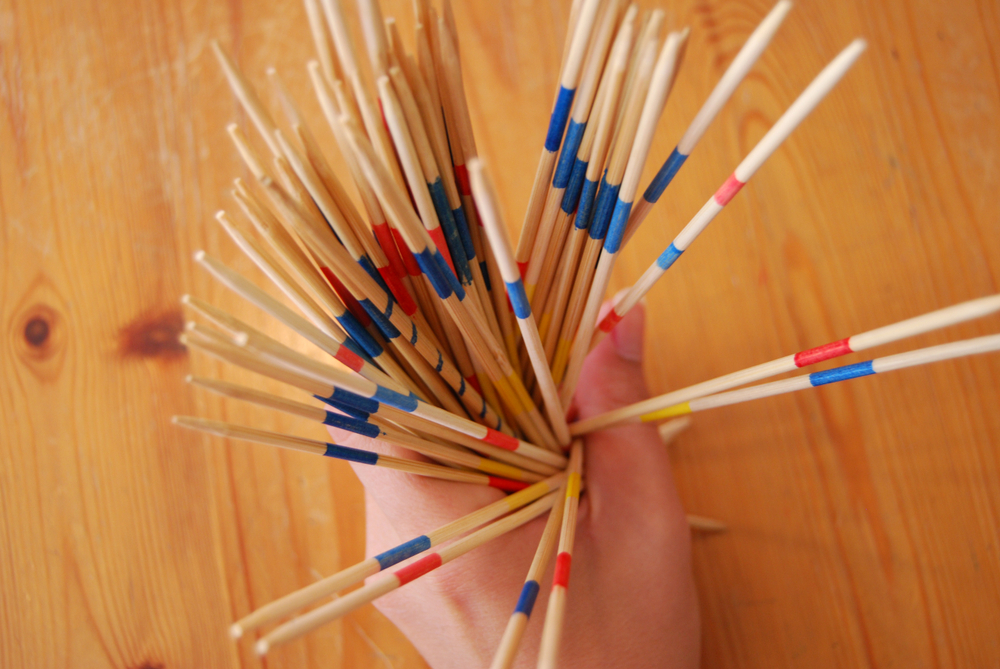
Boomers remember the satisfying clatter of wooden sticks spilling across a table. Pickup sticks wasn’t fast or flashy, but it pulled you in. You had to focus, breathe slowly, and remove one stick at a time without shifting the others. Each move felt like brain surgery—delicate, deliberate, and totally absorbing.
It was one of those games where the quiet got intense. Players leaned in, fingers twitching, hoping the stick wouldn’t budge another. It could be competitive or peaceful, depending on the mood.
11. Climbing trees turned backyards into epic adventures.

Before parents got nervous and playgrounds got padded, climbing trees was just what kids did. You’d look for the best branches, test the weight, and haul yourself up like it was Mount Everest. Some trees became forts, others became lookouts, and a few earned names or special status.
Falling was part of the deal—scrapes and bruises were almost expected. But the view from the top, even if it was only ten feet up, made you feel like a ruler of the world. Kids swapped tips on which trees were climbable and which ones had loose bark. It wasn’t about being reckless—it was about testing limits and feeling brave.
12. Inventing games gave kids endless power over the rules.

Boomer kids were masters of invention. They’d take a ball and make up a new game on the spot, complete with weird rules, made-up penalties, and constantly shifting boundaries. One day it was “ghost tag,” the next it was “don’t touch the ground or lava will get you.” The goal was simple: stay entertained, no matter what.
These games changed with the players, the mood, and the available props. Sometimes chalk, a rock, or a piece of string was enough to start something epic. You didn’t need directions or packaging—just a little boredom and a few willing friends. The best part? No one cared if it made sense. If everyone was laughing and running, it was working just fine.
